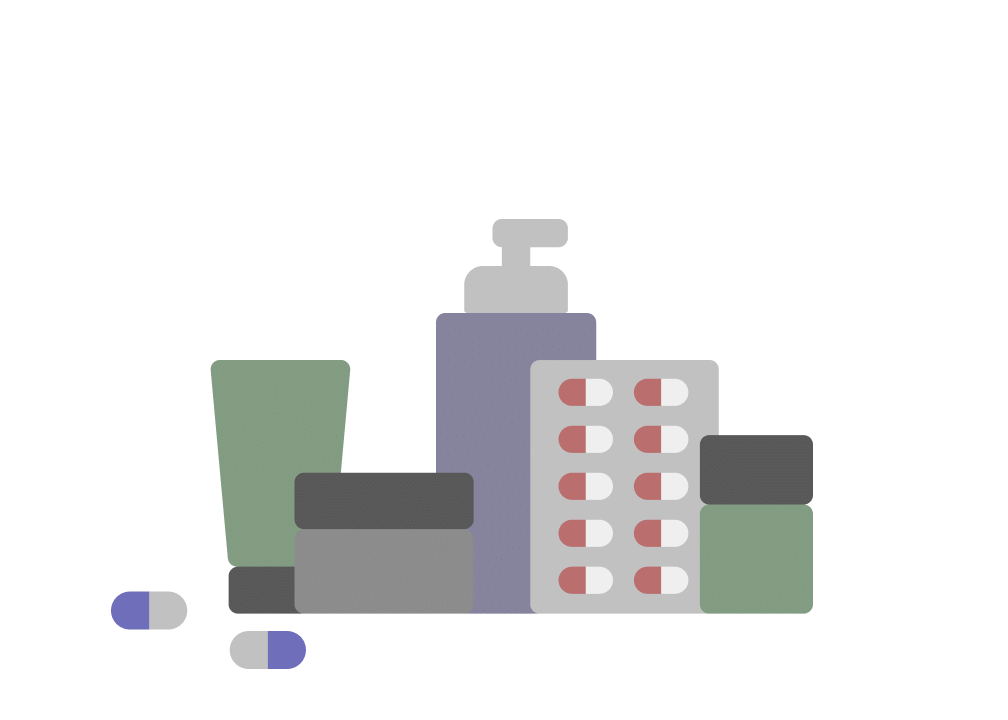
Moxibond Kid Tablet DT
Manufacturer
Brinton Pharmaceuticals Pvt Ltd
Salt Composition
Amoxycillin (200mg) + Clavulanic Acid (28.5mg)
Key Information
Short Description
Moxibond Kid Tablet DT is an antibiotic medicine that helps treat bacterial infections of the ear, nose, throat, chest, lungs, teeth, skin, and urinary tract.
Dosage Form
Tablet DT
Introduction
Moxibond Kid Tablet DT is an antibiotic medicine that helps treat bacterial infections of the ear, nose, throat, chest, lungs, teeth, skin, and urinary tract. It is capable of killing bacteria that have become resistant to other therapies and thus also helps treat tuberculosis that is resistant to other treatments.
Directions for Use
Never give Moxibond Kid Tablet DT until and unless prescribed by the doctor. You must also never share your child’s medicine with anyone else even if they show similar symptoms.
Safety Information
Side Effects
No common side effects listed.
How it works
Moxibond Kid Tablet DT is an antibiotic. It has two active agents amoxycillin and clavulanic acid. Amoxycillin works by preventing the formation of the bacterial protective covering (cell wall) essential for the survival of the bacteria. Whereas clavulanic acid serves a special purpose of inhibiting an enzyme (beta-lactamase) that is produced by resistant bacteria. This makes the combination of amoxycillin and clavulanic acid an effective line of treatment for many types of infections.
Quick Tips
Your child may have a bitter taste in the mouth after the intake of Moxibond Kid Tablet DT. Eating citrus fruit or sipping plenty of water or fruit juice may help. Encourage your child to drink plenty of water in case diarrhea develops as a side effect. Never give Moxibond Kid Tablet DT to treat common cold and flu-like symptoms caused by viruses. Do not give Moxibond Kid Tablet DT to anyone else even if they show similar symptoms. Check ‘expiry’ before giving Moxibond Kid Tablet DT to your child. Immediately discard all the expired medicines. Stop Moxibond Kid Tablet DT immediately if your child develops an itchy rash facial swelling or breathing difficulty. Report to the doctor without any delay.
Related Medicines
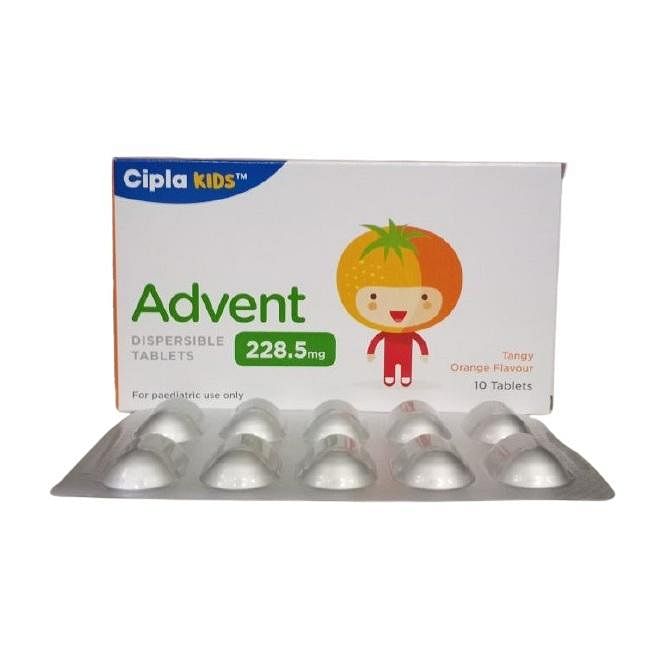
Advent 200mg/28.5mg Tablet DT

Bilclav 200 mg/28.5 mg Tablet DT

Awin Kid 200mg/28.5mg Tablet DT
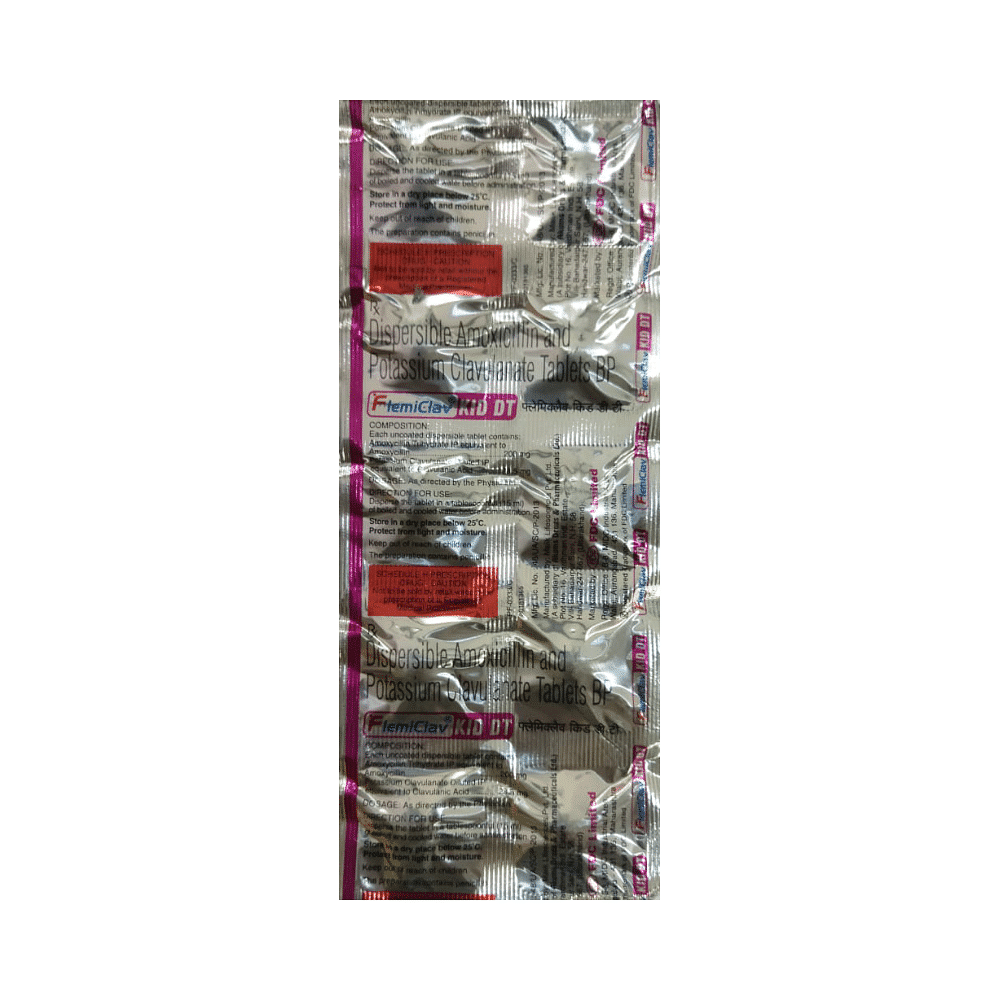
Flemiclav Kid DT Tablet

Moxymore 200mg/28.5mg Tablet DT
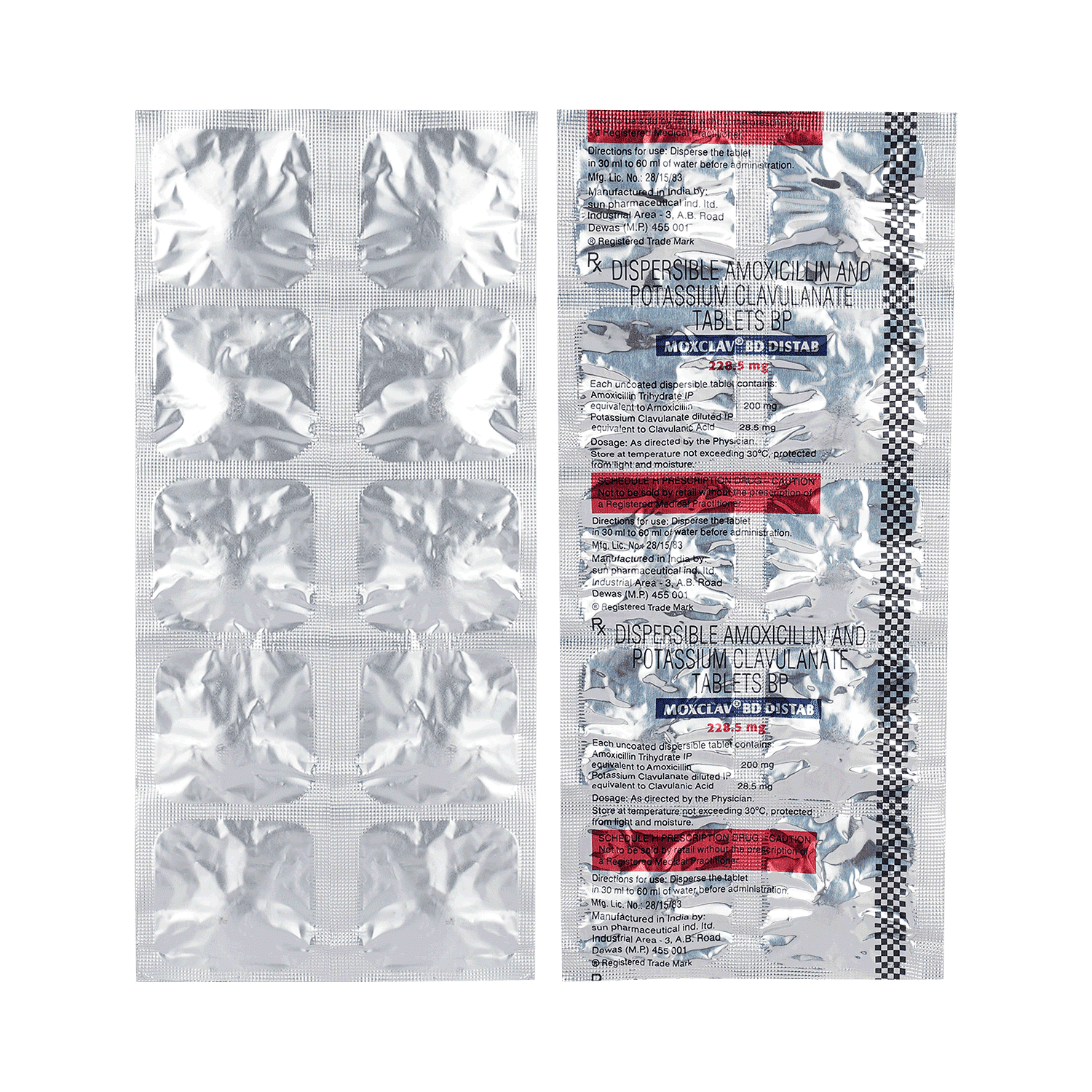
Moxclav BD Distab 228.5 Tablet

Moxinil Kid Tablet DT
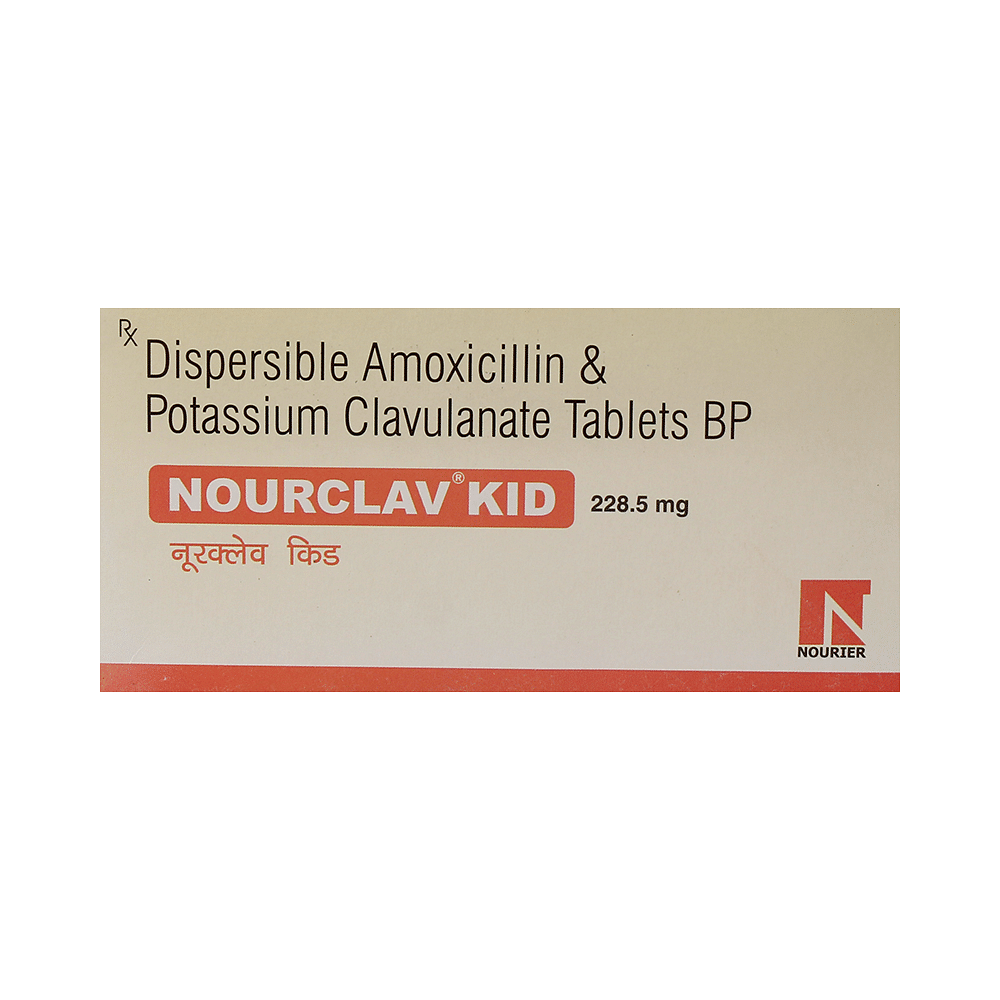
Nourclav Kid 228.5mg Tablet DT

Curam DT 228.5mg Tablet
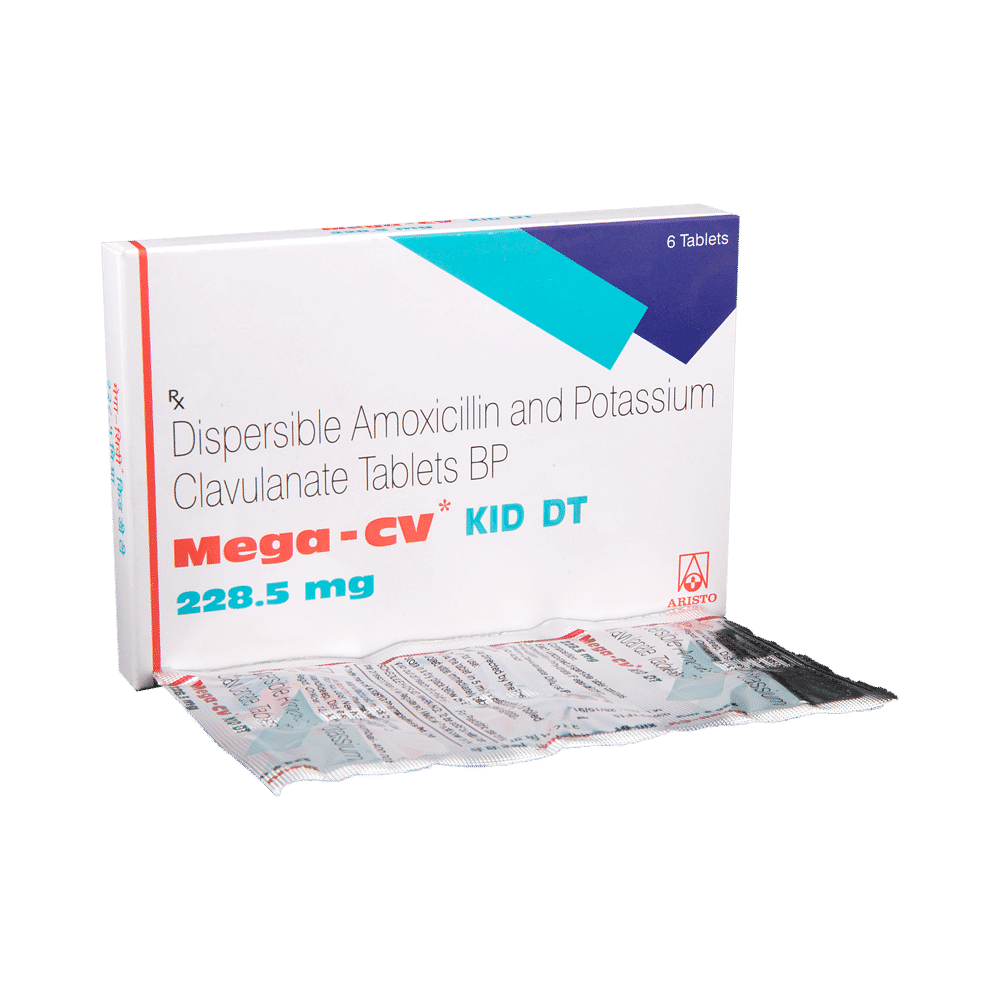
Mega-CV Kid Tablet DT
Frequently asked questions
Can other medicines be given at the same time as Moxibond Kid Tablet DT?
Moxibond Kid Tablet DT may interact with other medications. It is crucial to inform your child's doctor about any other medications they are currently taking before starting Moxibond Kid Tablet DT. Additionally, consult your child’s doctor before administering any medication to your child.
Can I get my child vaccinated while on treatment with Moxibond Kid Tablet DT?
Generally, antibiotics don't interfere with the ingredients in vaccines or cause adverse reactions in children who have just been vaccinated. However, it is important to note that children taking antibiotics should not receive vaccinations until they have recovered from the illness. As soon as your child feels better, the vaccine can be administered.
Which lab tests may my child undergo while taking Moxibond Kid Tablet DT on a long-term basis?
While on prolonged treatment with Moxibond Kid Tablet DT, periodic monitoring of kidney and liver function is often recommended to assess your child's condition.
Can I give a higher than the recommended dose of Moxibond Kid Tablet DT to my child?
Giving a dose higher than the recommended amount for Moxibond Kid Tablet DT can increase the likelihood of adverse effects. If your child experiences worsening symptoms, consult their doctor for re-evaluation.
Can I stop giving Moxibond Kid Tablet DT to my child when the symptoms are relieved?
Do not discontinue Moxibond Kid Tablet DT without completing the full prescribed course of treatment, even if your child feels better. Symptoms may improve before complete infection eradication. Therefore, continue administering the medication as recommended by your doctor.
Can the use of Moxibond Kid Tablet DT cause diarrhea?
Yes, Moxibond Kid Tablet DT can induce diarrhea. This is a common side effect associated with antibiotics. It is important to note that this medication may also affect beneficial bacteria in your child's stomach, leading to diarrhea. If your child experiences diarrhea, encourage them to drink plenty of fluids or other appropriate solutions. If the diarrhea persists and you notice signs of dehydration, such as reduced urination with dark-colored, strong-smelling urine, consult your doctor before giving any additional medication to your child.
Do all viral common colds result in secondary bacterial infection?
Most of the time, bacterial infections do not follow viral infections. In fact, providing antibiotics for a viral illness can increase the risk of side effects. Therefore, antibiotics should only be administered after consultation with your child's doctor.
The mucus coming out of my child’s nose is yellow-green. Is it a sign of a bacterial infection?
Yellow or green mucus in the nose does not necessarily indicate the need for antibiotics. During a common cold, nasal mucus often thickens and changes color from clear to yellow or green. Symptoms typically last 7-10 days.
Is there any sign which shows that my child needs immediate medical attention?
You should call your child's doctor immediately if your child experiences serious allergic reactions (breathing problems, skin rashes), gastrointestinal infections (diarrhea), or signs of liver damage (weakness, paleness, vomiting). Although rare, these complications require prompt medical care.


